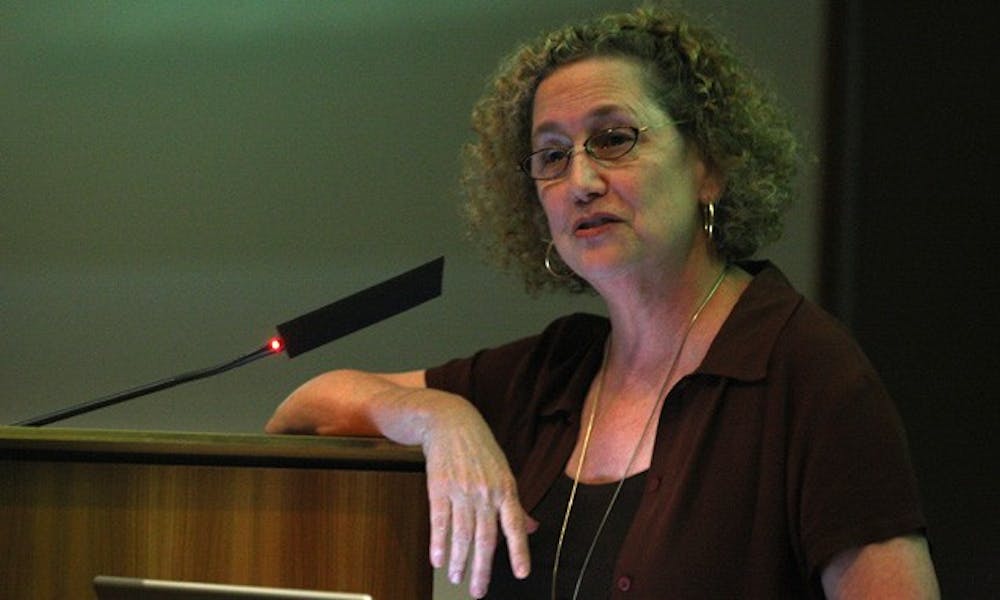An exhibit of scientific images and photographs of everyday items honored graduate student Abhijit Mahato’s unique combination of interests in the arts and engineering in a memorial contest Wednesday.
More than two years after engineering graduate student Mahato’s death, the “Envisioning the Invisible” image contest sponsored by the Pratt School of Engineering commemorated his life. In addition to awards for the best submitted photos, a number of speakers recognized Mahato, including Tod Laursen, former chair of the Department of Mechanical Engineering and Materials Science, who was also Mahato’s academic advisor.
In addition to remembering Mahato, who was shot and killed Jan. 18, 2008 at the Anderson Apartments near West Campus, Laursen encouraged other students to imitate his passion for interdisciplinary pursuits. Laursen described Mahato as “having a love for life with interests in varied extracurricular activities such as basketball, art, chess and intellectual debate.”
The event was marked by shared sorrow over his death, as many in the audience had known him personally.
Attended by about 100 students, faculty, researchers and artists, the event marked the end to a photo contest in which the submissions fell into two categories: “making the ordinary extraordinary” and “sharing the science and knowledge of objects through vision and imaging.” Jie Ren, a graduate student in physics, won the first-place award and a $1,000 cash prize for her work titled “Sand Strength.” Ren said she has been taking scientific pictures for years.
“It is part of my work,” she said. “I took it for my experiment, which has been going on for more than a year now.”
The 26 submissions by students were inspired by science in reality.
The keynote speaker was Felice Frankel, a researcher at both Harvard University and Massachusetts Institute of Technology, who, like Mahato did, successfully pursues her interests in science and photography.
“It’s about education,” she said, adding that she tries to use photography to portray science as an interesting subject.
Frankel shared a presentation that included a number of photos—such as complex architecture, obscure chemical reactions and mundane objects such as scotch tape—to get the audience interested in science.
She said she cares about maintaining the “integrity of science” and dispelling any misconception that the processes used to create the photos are inaccessible to the average viewer.
“If we tell people how we do it, then they will be interested in it,” Frankel said.
Get The Chronicle straight to your inbox
Sign up for our weekly newsletter. Cancel at any time.

